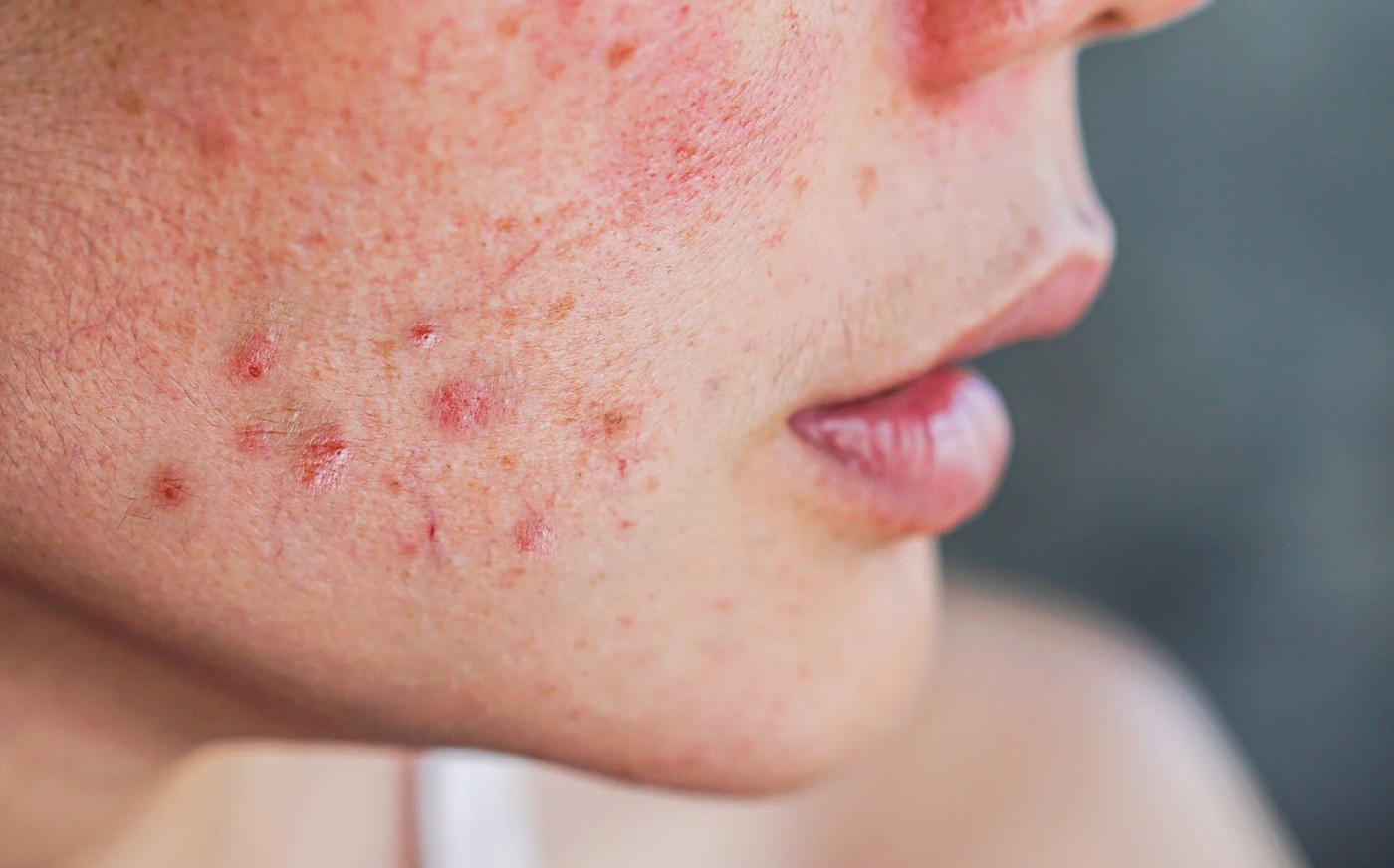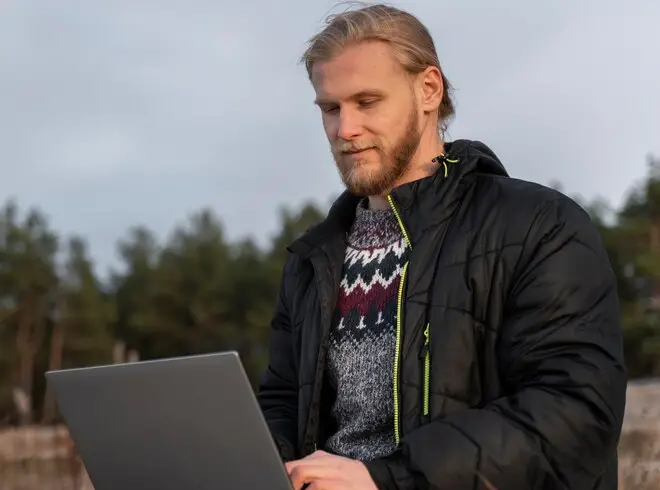Please note: For a visual guide, please check the video at the end of the article where you can see more about acne and the process of popping pimples!
Acne is one of the most common skin conditions that affects people of all ages, though it is especially prevalent among teenagers and young adults. If you’ve ever had a pimple, you know how frustrating and painful acne breakouts can be. While acne doesn’t pose a serious health risk, it can cause emotional distress, scarring, and a decrease in self-esteem, especially if it appears on visible areas like the face. Fortunately, acne is treatable, and understanding its causes, types, and how to properly manage it can significantly improve your skin’s health and appearance.
What Causes Acne?
Acne occurs when hair follicles or pores on your skin become clogged with oil, dirt, bacteria, and dead skin cells. Each of your skin’s pores is connected to sebaceous (oil) glands that secrete oil to keep your skin moist. However, when these pores become blocked, the oil and other debris can get trapped, creating an ideal environment for bacteria to thrive. This results in the formation of pimples, which can range from small, non-inflammatory whiteheads and blackheads to more serious, painful pustules, nodules, or cysts.
While acne breakouts can occur anywhere on your body, the most common areas include:
-
Face and Neck
-
Shoulders
-
Back
-
Chest
Acne is not just a superficial issue; it can impact your emotional health. People with acne often experience lowered self-esteem and may feel self-conscious about their appearance, leading to anxiety or depression.
(NO COPYRIGHTS INTENTED – ALL RIGHTS RESERVED TO THE AUTHOR OF THE VIDEO)
What Are the Different Types of Acne?
There are several different types of acne, and each type manifests differently. Acne lesions vary in size, color, and severity, and they include:
-
Comedones: These are the most common forms of acne lesions.
-
Blackheads (Open Comedones): These appear as small, dark spots on the skin, typically on the face, back, or chest. They form when pores are clogged but still open, allowing the oil and dead skin cells to oxidize when exposed to air, causing the blackened color.
-
Whiteheads (Closed Comedones): These appear as small, white bumps on the skin and form when a pore is completely blocked, trapping oil and debris inside.
-
-
Inflammatory Acne: These are more severe types of acne and are more likely to cause scarring.
-
Papules: Small, red, raised bumps caused by infected or inflamed hair follicles.
-
Pustules: Red pimples with a white or yellowish pus-filled tip.
-
Nodules: Large, painful, solid lumps beneath the skin’s surface.
-
Cysts: Large, pus-filled lumps that are typically painful and deep within the skin. Cysts are the most severe form of acne and can cause significant scarring.
-
Common Symptoms of Acne
Acne can present itself in several ways depending on the type of lesion, but common symptoms include:
-
Pimples and Bumps: These can appear as raised spots or lumps on the skin, especially on the face, neck, back, chest, and shoulders.
-
Skin Discoloration: After a pimple heals, it can leave behind dark spots (hyperpigmentation) or redness, which can take weeks or even months to fade.
-
Swelling and Inflammation: Inflamed pimples tend to swell and may feel tender or painful, especially when touched.
-
Rough or Uneven Skin Texture: Acne can leave the skin looking bumpy or uneven, which can sometimes affect the skin’s overall appearance.
Acne can also lead to scarring, particularly if pimples are squeezed or popped. This is why it’s important to treat acne with care and avoid picking at your skin.
Why You Should Avoid Popping Pimples
While it might feel tempting to pop a pimple when you see it on your skin, this can lead to more harm than good. Popping pimples can increase your risk of:
-
Scarring: Squeezing or picking at acne can damage the skin and cause scars, which may last long after the pimple has healed.
-
Spreading Infection: Popping pimples can cause bacteria to spread to surrounding areas, leading to more pimples and potential infections.
-
Prolonged Healing: The pressure caused by popping can force the infected material deeper into the skin, leading to more inflammation and a longer healing process.
Instead of popping your pimples, it’s best to allow them to heal naturally with proper treatment.
Effective Treatments for Acne
Fortunately, there are many treatments available for managing acne and preventing breakouts. Here are some of the most effective options:
-
Topical Treatments:
-
Benzoyl Peroxide: A powerful treatment that kills bacteria and helps to clear pores. It’s commonly found in creams, gels, and cleansers.
-
Salicylic Acid: This exfoliates the skin and helps to keep pores clear. It can be found in over-the-counter acne treatments like gels, toners, and pads.
-
Retinoids: These are vitamin A derivatives that help to reduce the formation of comedones by promoting cell turnover and preventing clogged pores.
-
Antibiotics: Topical or oral antibiotics can be prescribed to reduce inflammation and bacterial growth.
-
-
Oral Medications:
-
Oral Antibiotics: These are used to treat moderate to severe acne by reducing inflammation and bacteria in the skin.
-
Birth Control Pills: For women, certain types of birth control pills can help regulate hormones that contribute to acne.
-
Isotretinoin (Accutane): This is a potent medication for severe acne, but it comes with serious side effects and should only be used under the supervision of a doctor.
-
-
In-Office Treatments:
-
Chemical Peels: These are designed to remove dead skin cells and help treat acne and scarring.
-
Laser Therapy: Some lasers can target the oil glands in the skin and reduce acne breakouts.
-
Extraction: A dermatologist or esthetician can safely extract clogged pores and blackheads to reduce acne.
-
-
Natural Remedies:
-
Tea Tree Oil: Known for its antibacterial properties, tea tree oil can be applied to the skin to help treat acne.
-
Aloe Vera: Aloe vera gel has soothing and anti-inflammatory properties that can help reduce redness and swelling from acne.
-
How to Manage Acne at Home
In addition to medical treatments, there are a few steps you can take at home to help manage acne:
-
Cleanse Your Skin Gently: Wash your face twice a day with a mild, non-comedogenic cleanser. Avoid harsh scrubbing, which can irritate the skin and make acne worse.
-
Moisturize: Even if you have oily skin, it’s essential to use an oil-free, non-comedogenic moisturizer to keep your skin hydrated.
-
Avoid Touching Your Face: Try not to touch your face with your hands, as this can transfer oils and bacteria to your skin.
-
Use Non-Comedogenic Makeup: Make sure any makeup you use is labeled “non-comedogenic,” meaning it won’t clog your pores.
(NO COPYRIGHTS INTENTED – ALL RIGHTS RESERVED TO THE AUTHOR OF THE VIDEO)
Conclusion
Acne is a common skin condition that can affect anyone, and while it doesn’t pose a serious health risk, it can certainly be distressing. There are various types of acne, each with its own set of symptoms, and a wide range of treatment options to help manage the condition. If you’re dealing with acne, it’s important to avoid picking at or popping pimples, as this can lead to scarring and further skin issues.
By understanding the causes, types, and treatment options for acne, you can take proactive steps toward managing it and maintaining healthy, clear skin. Remember, acne is treatable, and with the right care, you can reduce breakouts and prevent scarring. Keep in mind that consistency in your skincare routine is key to seeing the best results.

